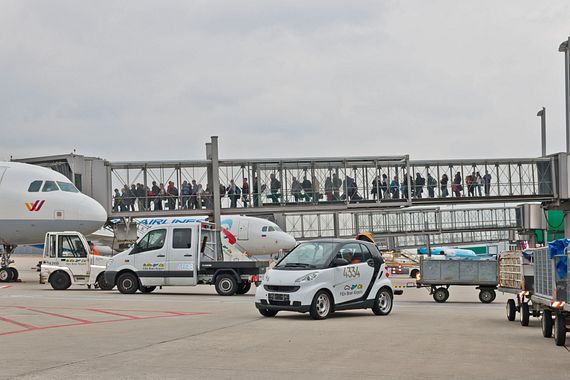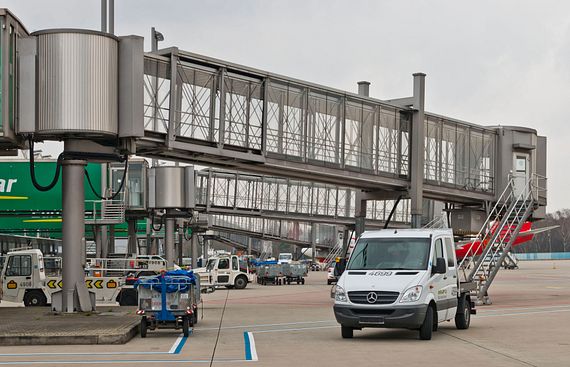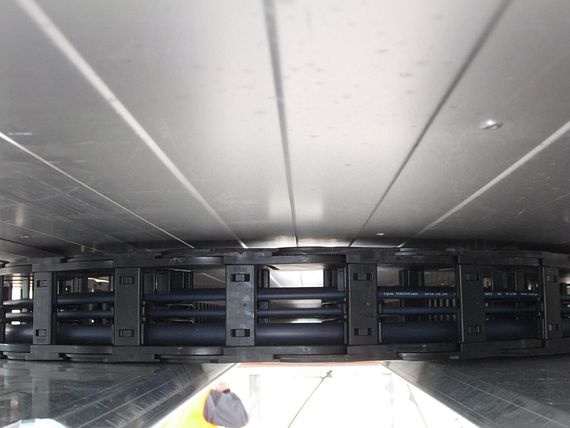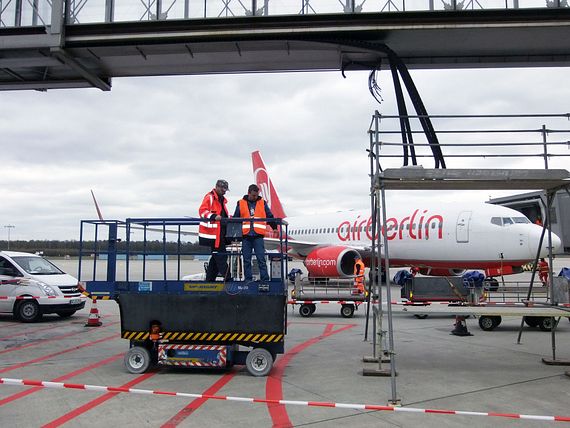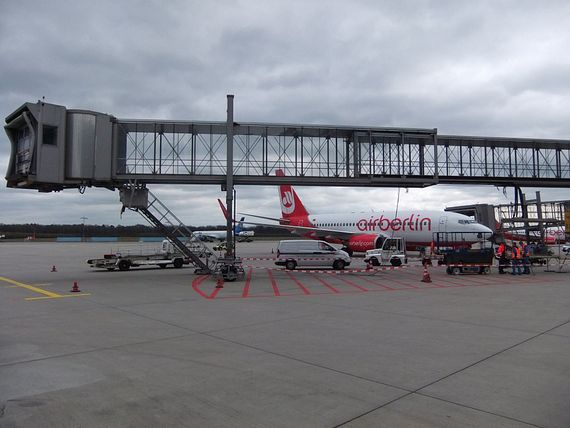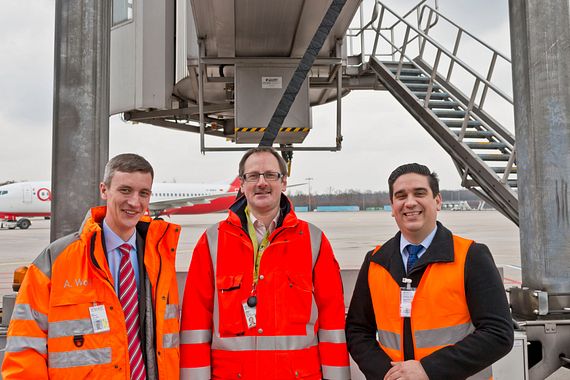เงื่อนไข "Apiro", "AutoChain", "CFRIP", "chainflex", "chainge", "รางสำหรับเครน", "ConProtect", "cradle-chain", " ;CTD", "drygear", "drylin", "dryspin", "dry-tech", "dryway", "รางแบบง่าย", "e-chain®", " ระบบ e-chain® ", "e-ketten", "e-kettensysteme", "e-loop", "energy chain", " ระบบ energy chain ", "Enjoyneering", "e-skin", "e-spool", "fixflex", "flizz", "i.Cee", "ibow", "igear" , "iglidur", "igubal", "igumid", "igus", "igus พัฒนาการเคลื่อนที่", "igus:bike", "igusGO", "igutex", "iguverse" , "iguversum", "kineKIT", "kopla", "manus", "motion plastics", "motion polymers", "motionary", "พลาสติกเพื่ออายุการใช้งานที่ยาวนานขึ้น", "print2mold" , "Rawbot", "RBTX", "readycable", "readychain", "ReBeL", "ReCyycle", "reguse", "robolink", "Rohbot", "savfe" , "speedigus", "superwise", "ใช้งานแบบแห้ง", "tribofilament", "tribotape", "triflex", "twisterchain", "เมื่อมันเคลื่อนที่ igus จะพัฒนา", "xirodur", " Xiros " และ "ใช่" เป็นเครื่องหมายการค้าที่ได้รับการคุ้มครองตามกฎหมายของ igus® GmbH/ Cologne ในสหพันธ์สาธารณรัฐเยอรมนี และในกรณีที่มีผลบังคับใช้ในต่างประเทศบางประเทศ นี่เป็นรายการเครื่องหมายการค้าโดยย่อ (เช่น อยู่ระหว่างดำเนินการยื่นขอเครื่องหมายการค้าหรือเครื่องหมายการค้าจดทะเบียน) ของ igus® GmbH หรือบริษัทในเครือของ igus® ในเยอรมนี สหภาพยุโรป สหรัฐอเมริกา และ/หรือประเทศหรือเขตอำนาจศาลอื่นๆ
igus® GmbH ไม่ได้จำหน่ายผลิตภัณฑ์ใดๆ ของบริษัท Allen Bradley, B&R, Baumüller, Beckhoff, Lahr, Control Techniques, Danaher Motion, ELAU, FAGOR, FANUC, Festo, Heidenhain, Jetter, Lenze, LinMot, LTi DRiVES, Mitsubishi, NUM, Parker, Bosch Rexroth, SEW, Siemens, Stöber และผู้ผลิตไดร์ฟอื่น ๆ ทั้งหมดที่ระบุไว้ในเว็บไซต์นี้ ผลิตภัณฑ์ที่นำเสนอโดย igus® เป็นของบริษัท igus® GmbH

